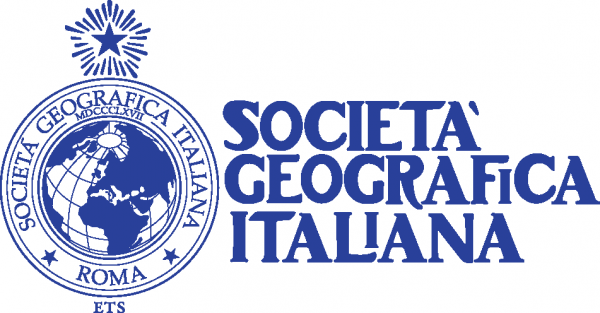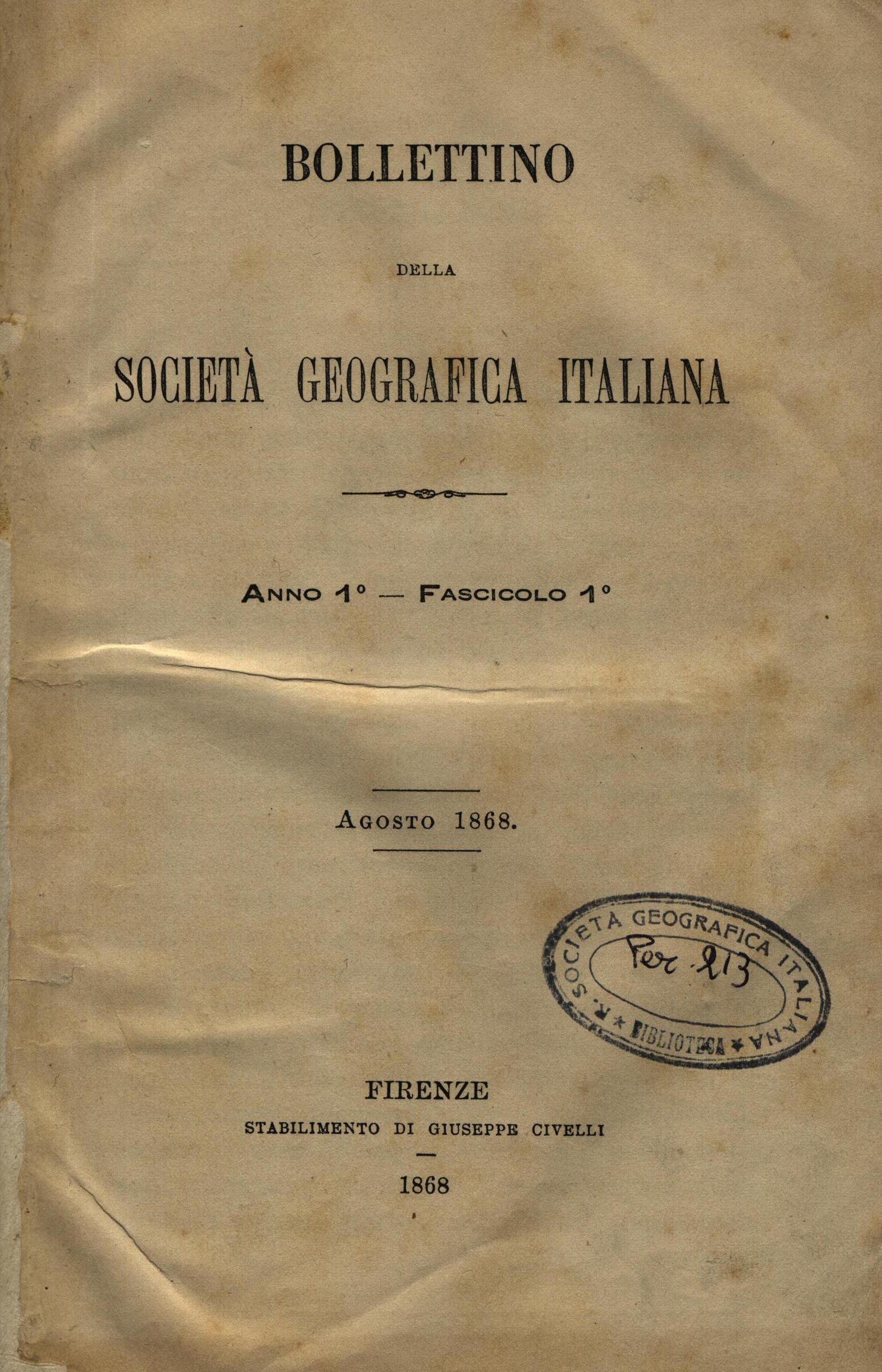ISSN 1121-7820 (print)
ISSN 2974-5780 (online)
Call for Papers Geographies of Ageing
GEOGRAPHIES OF AGEING: TRENDS AND PERSPECTIVES
Guest editors: Annalisa Busetta, Eralba Cela, Pierluigi De Felice, Francesca Fiori, Marina Fuschi, Luisa Spagnoli, Catherine Withol De Wenden.
Starting from the reflections arising from the 14th edition of the Study Days on Population 2023 (Pop Days 2023), organized by the Italian Association for Population Studies (SIS-AISP) with the participation of the Italian Geographical Society and from the presentation of the ISTAT annual report 2023, this call for paper aims to address the issue of population ageing. This particularly topical subject is at the heart of different disciplinary interests. According to the World Health Organization and the United Nations, the world is facing a progressive increase of old population to such an extent that by 2050, the world population of people over 60 will double. So far this phenomenon has significantly affected the so-called Global North, which has a persistent increase in the old population and a decline in the young one. The increase in the old population, however, will involve more pervasively also developing countries. All societies - some at a more advanced stage and other at an earlier stage - will face this transition.
These changes, on the one hand, reflect the advancement in the socio-economic and health field, confirming the remarkable achievements regarding medicine, health infrastructure, and economics; on the other hand, they urge environmental, economic, geographical, social and cultural reflections, also in relation to the Sustainable Development Goals (Objectives 1, 3, 5, 8, 10, 11) which recognise a strategic trend in the elderly population for the 2030 Agenda..
Therefore, it is necessary to adopt new approaches and innovative measurements to deal with the population aging challenges and opportunities, embracing a transcalar interpretation.
The effects and repercussions of aging population increase will affect not only the economic and social sphere but also the territorial ones. The phenomenon of World Population Ageing is, in fact, closely correlated with issues regarding geo-demic risk, the process of depopulation, the need for repopulation of marginal places, spatial mobility, and environmental imbalances. Likewise, understanding how territories at different scales will cope with the local population aging and interact with the demographic dynamics at the global level, is also crucial.
Based on the above description, the aim of this special issue is to stimulate an intra-interdisciplinary debate on the contents, the case studies, and the research tools necessary to understand the geographies of ageing. We welcome contributions that address the topics dedicated to demographic dynamics in relation to the territories at various scales, embracing different theoretical, methodological, and operational approaches to stimulate a synergistic dialogue across disciplines. To engage with the complex reality of geographies of aging, we nominate the following themes:
- Dynamics of depopulation and repopulation
- Demographic dynamics in inner areas
- Sustainability of ageing in rural and inner areas: challenges and opportunities
- Spatial analysis of the ageing process
- New measures and indicators of ageing
- Different patterns of consumption and production in relation to the old population
- Ageing and fiscal policies
- Ageing and health
- Active Ageing: measures, tools and practices
- New geographies of family changes and relations between generations
- Migration and ageing
- The phenomenon of migration in its different forms (migration by necessity, return migration, international retirement migration) and the "rediscovery" of marginal areas
- Demographic policies and spatial planning
- Environmental sustainability and well-being of the population
- Territory, climate, and population movements
Contributions regarding Italian European and non-European contexts are welcome.
Schedule and guidelines
The authors are requested to send the title and the abstract (maximum of 1,000 characters) by 30 November 2023. Notification of acceptance/non-acceptance by 31 January 2024. Submission of the full paper by 31 May 2024. The contributions in Italian, French, English or Spanish must not exceed 50.000 characters (spaces and bibliography included).
Abstracts and articles can be submitted via the journal's website after registration. The journal platform will be used for any subsequent communications: https://www.bsgi.it/index.php/bsgi/index
Prior to submitting the paper, authors are kindly asked to check the Authors’ Guidelines https://www.bsgi.it/index.php/bsgi/index
http://societageografica.net/wp/wp-content/uploads/2019/10/BSGI_guidel_en.pdf




